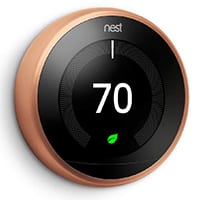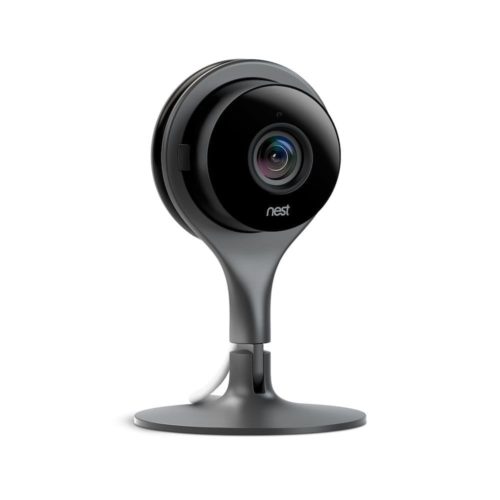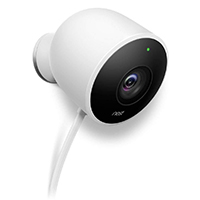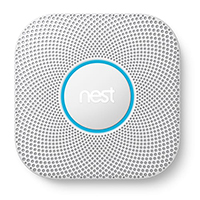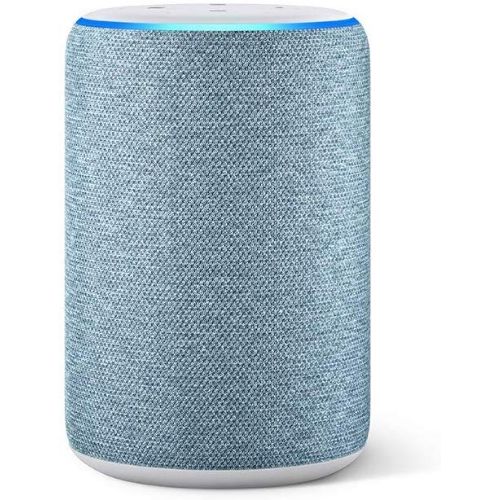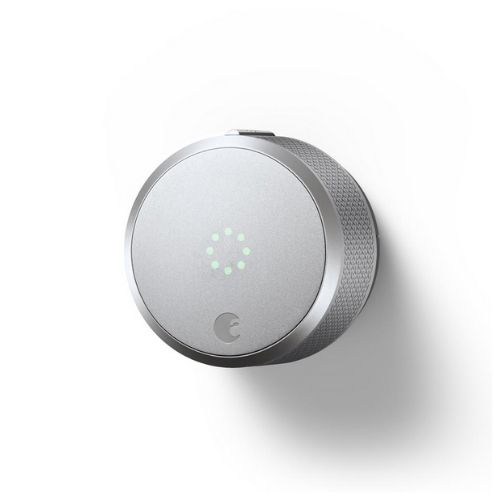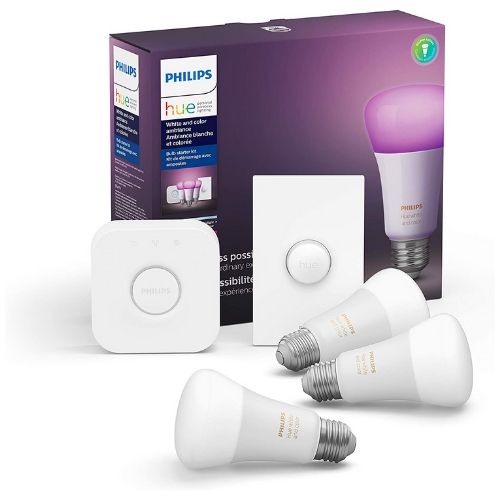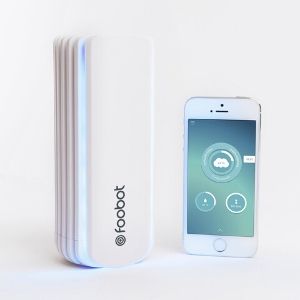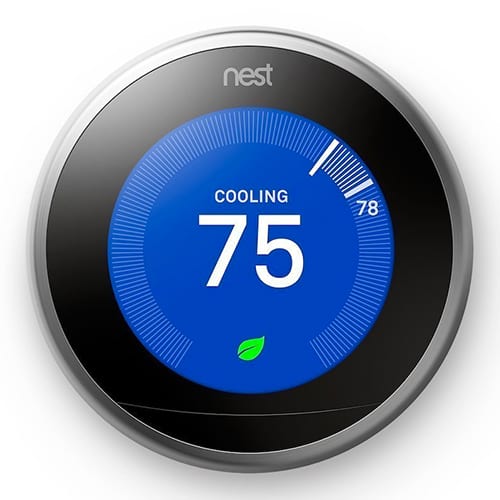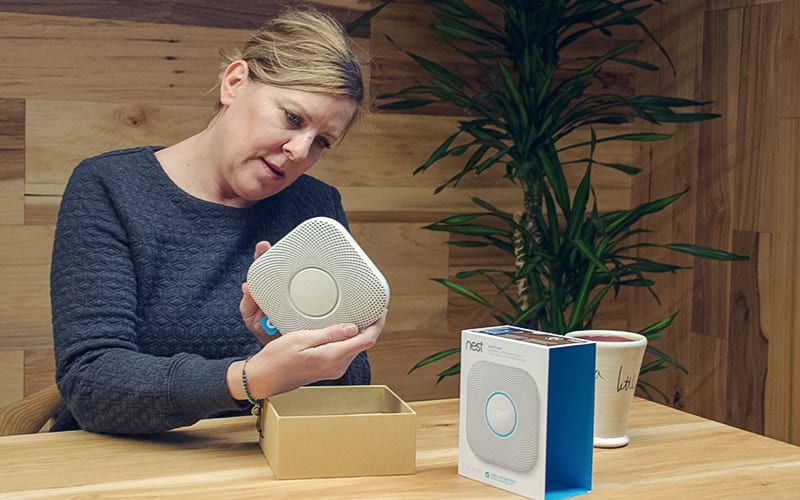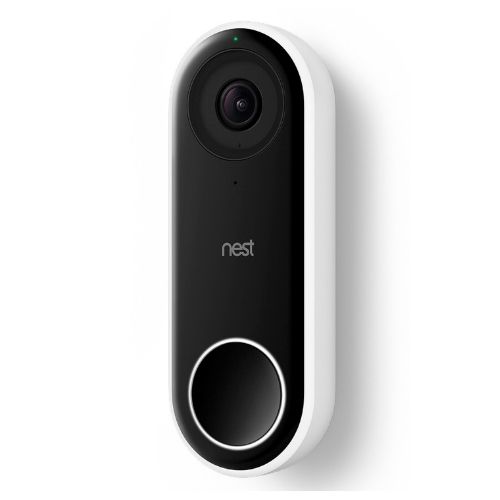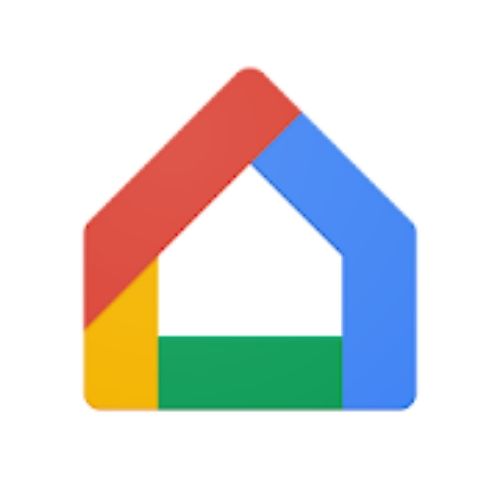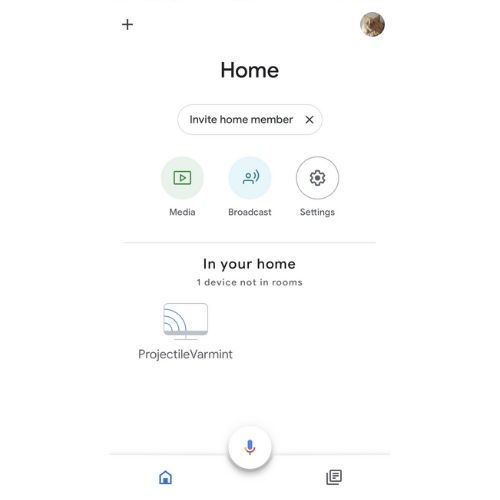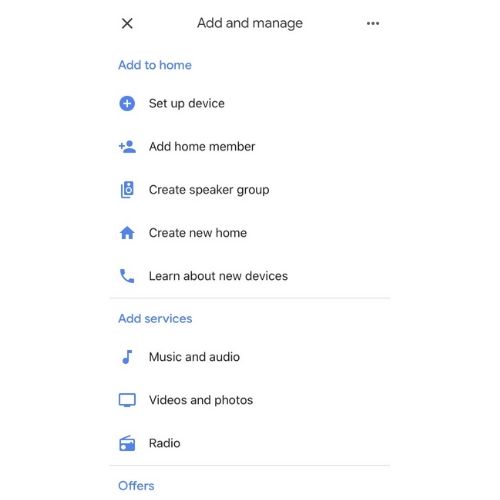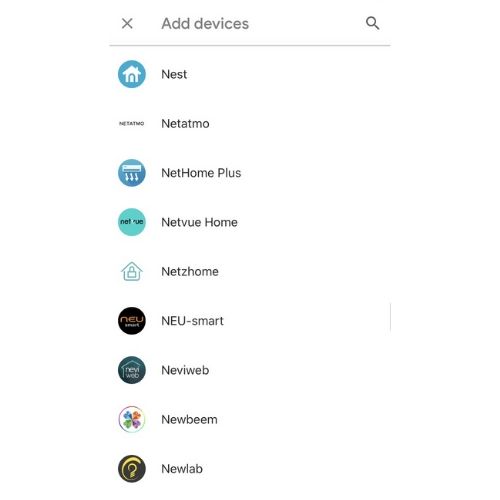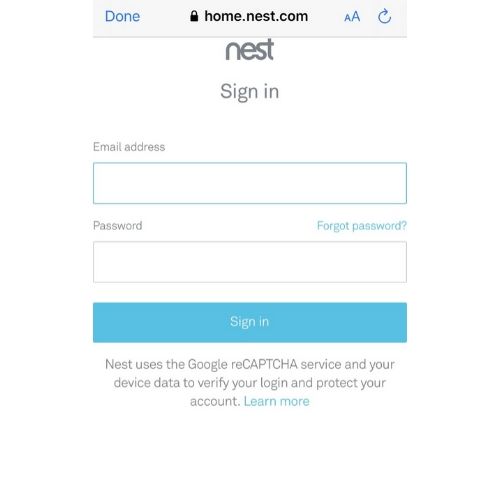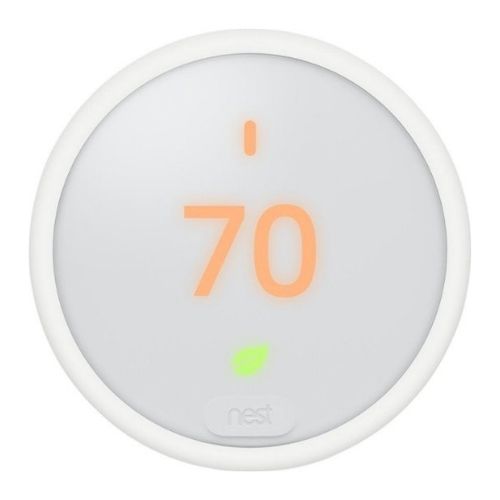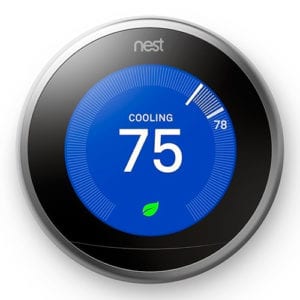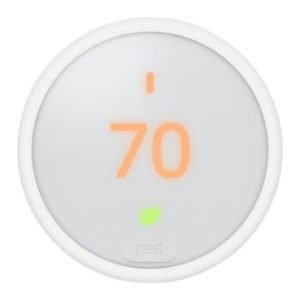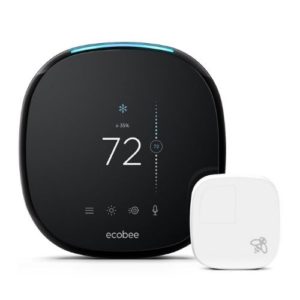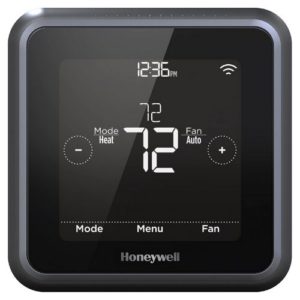ADT $27.99 Essential package: $99.00 Customer Installation Charge. 36-Month Monitoring Agreement required at $27.99 per month ($1,007.64). 24-Month Monitoring Agreement required at $27.99 per month ($671.76) for California. Form of payment must be by credit card or electronic charge to your checking or savings account. Offer applies to homeowners only. Local permit fees may be required. Satisfactory credit history required. Certain restrictions may apply. Offer valid for new ADT Authorized Dealer customers only and not on purchases from ADT LLC. Other rate plans available. Cannot be combined with any other offer. The $27.99 Offer does not include the 6-month guarantee or the Quality Service Plan (QSP). Quality Service Plan (QSP) is ADT’s Extended Limited Warranty. Landline monitoring only.
The post ADT Disclaimer appeared first on SafeWise.

